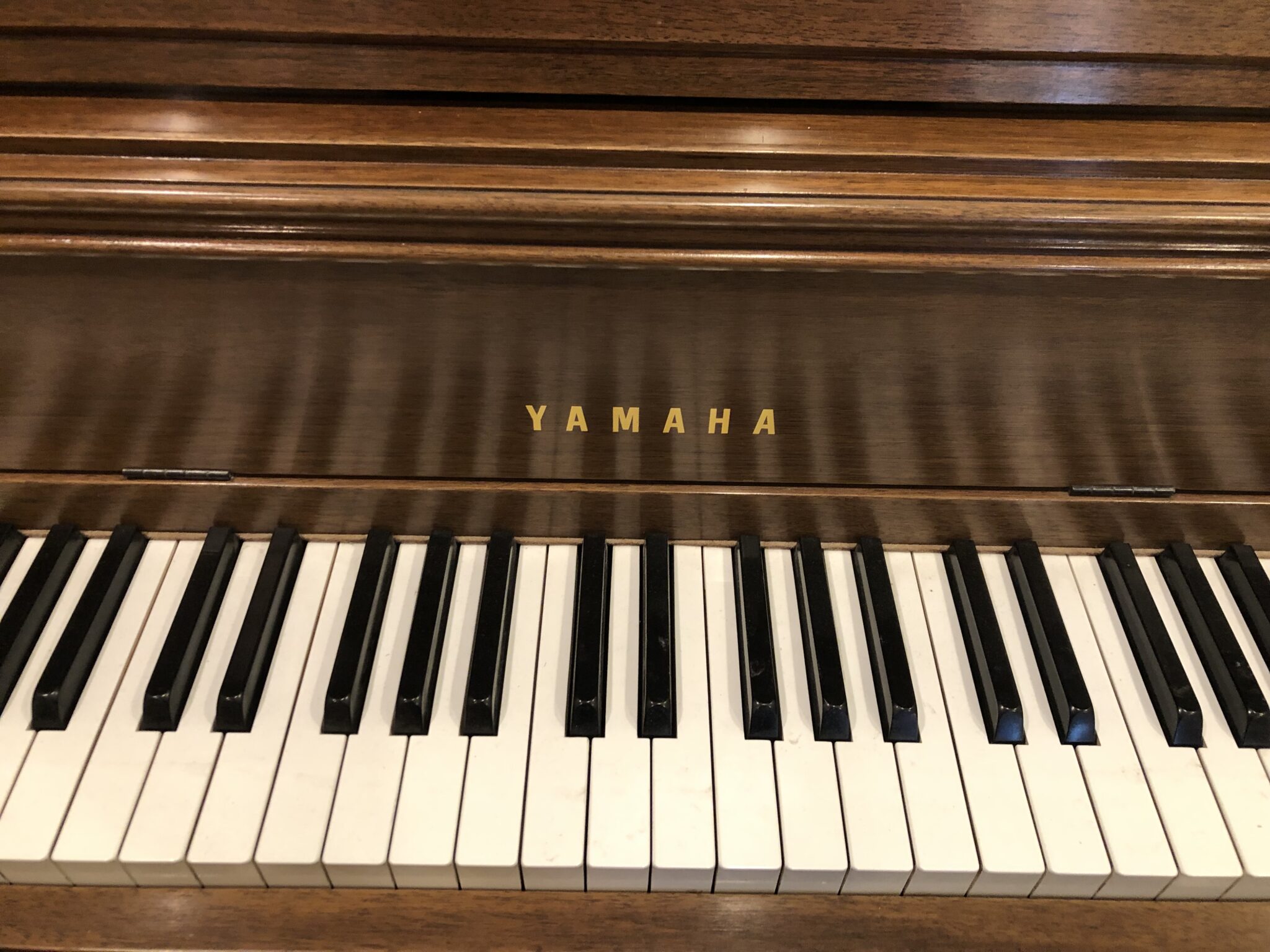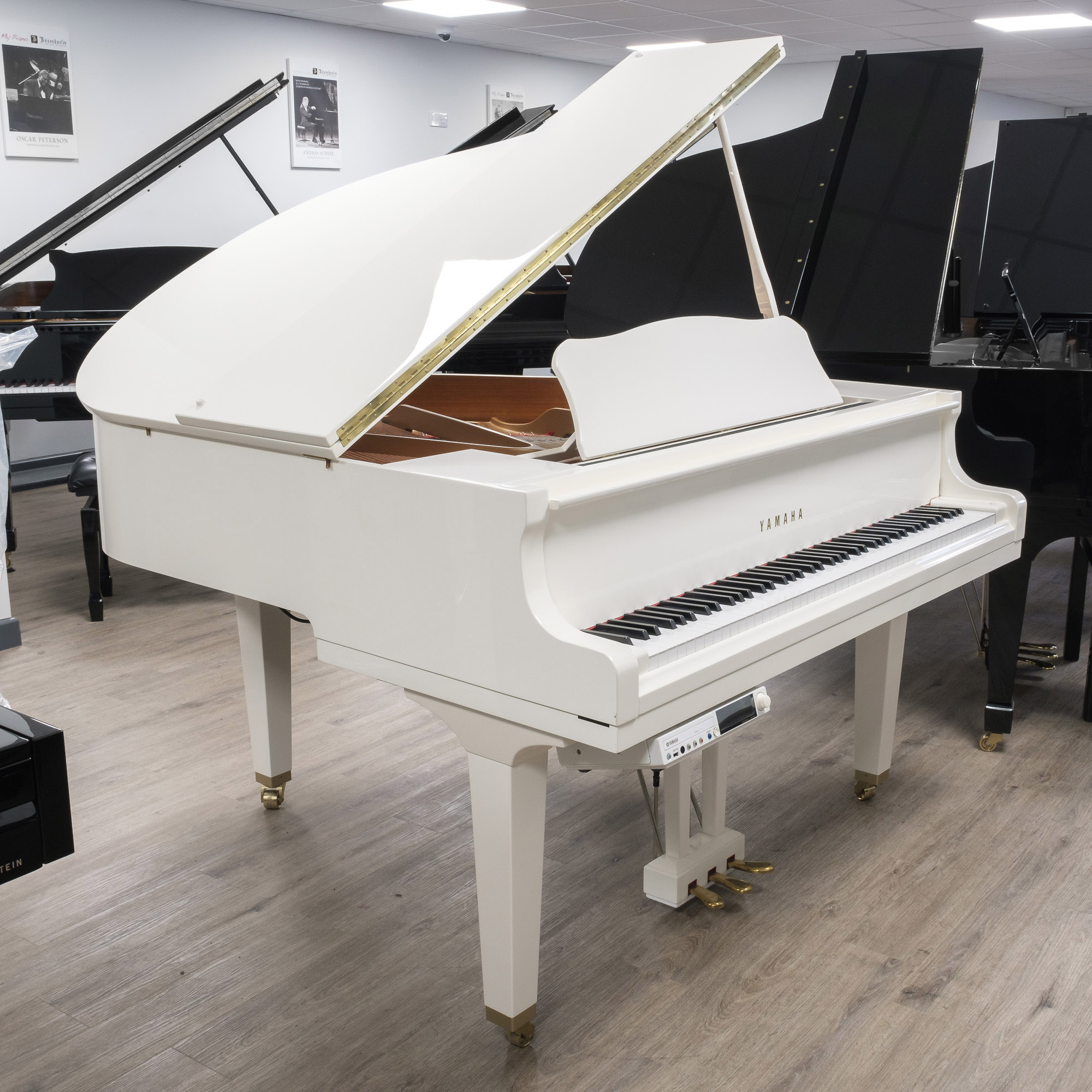Have you ever wondered how much a spinet piano weighs? As someone who has played the piano for years, I’ve often been curious about the weight of different types of pianos. And let me tell you, it’s not as straightforward as you might think! So if you’re in the market for a new spinet piano or just simply wondering about its weight, then this article is for you.
In this comprehensive guide, we’ll dive into all things related to the weight of a spinet piano. From what factors can influence its weight to the average range that these pianos fall under, we’ll cover it all. Plus, I’ll share some personal experiences and insights from my own research on this topic. By the end of this article, you’ll have a clear understanding of just how much a spinet piano weighs and why that matters when choosing your perfect instrument. Let’s get started!
So, how much does a spinet piano weigh?
A spinet piano typically weighs between 300-500 pounds, depending on the specific model and manufacturer. This may come as a surprise to some, as spinet pianos are often considered smaller and more compact than traditional upright or grand pianos. However, due to the heavy materials used in their construction, such as hardwoods and metal strings, they can still be quite hefty. It’s important to keep this weight in mind when moving or transporting a spinet piano to avoid any potential damage or injury.
Understanding the Components of a Spinet Piano and Their Impact on Weight
A spinet piano is often the first image that comes to mind when picturing a piano. It’s charming, compact, and ideal for small spaces. However, understanding this instrument’s components can help us unravel the mystery behind its substantial weight. The main elements include cabinet wood, piano harp or plate, and finally the intricate mechanical system called the “action”. Each of these parts plays a significant role in contributing to a spinet piano’s overall heft.
The whole body of your lovely little Spinet Piano is typically made from beautifully crafted hardwoods like maple or mahogany which are dense and heavy, adding quite some pounds to your instrument. The bulk of the weight however comes from an iron component known as the Piano Harp (or Plate). This part holds all 200+ strings under high tension—a necessity for producing rich music, but it also brings along considerable mass. Now let’s talk about the “action”. In essence, it includes:
- Hammers: striking pieces that produce sound when they hit strings.
- Dampers: stoppers halting vibrations after keys are released.
- The keys themselves: elegantly lined up yielding acoustics upon interaction.
This complex mechanism surely adds more than just functionality; it further augments our Spinet Piano’s weight! So while this petite beauty might seem dainty at first glance – Its composition tells another story: A perfect symphony of form and function…and yes- weight too!
Analyzing the Average Weight Range for Different Brands of Spinet Pianos
The
- The
Gulbransen Rialto K. - The famous
Schimmel Classic C126T. - The charmingly vintage styled
Kimball Whitman.
And
These all possess unique weights within our established range due to their individual makeup and style.
Piano weight holds strong implications for transportation ease and placement in your home. Therefore considering these factors when browsing various brands will ensure not only beautiful music flowing through your living space but also an optimal choice that aligns with your physical capabilities or restrictions.
Read also: how much does a spinet piano weigh
Impact of Material and Construction Techniques on The Weight of a Spinet Piano
The weight of a spinet piano is significantly affected by the materials used in its construction. Traditional woods like pine, spruce, and maple are often chosen for their strength and acoustic properties. However, technology has introduced fresh options like medium-density fiberboard (MDF) which can reduce the weight without sacrificing durability or sound quality. The keys themselves also have significant implications on weight. Traditionally made from ivory or solid wood, many modern pianos now feature keys crafted from plastic composites as they offer a lighter alternative.
As crucial as choice of material is to the weight of a spinet piano so too are the techniques employed in its construction. Pianos, particularly smaller ones like spinets, require an intricate blend of carpentry and engineering skills to build.
- A sturdy frame is necessary to support the tension exerted by the strings – hundreds of pounds per square inch!
- The soundboard must be thin enough to vibrate freely yet strong enough not to crack under pressure.
- The action mechanism (the assembly that translates key presses into hammer strikes against strings) involves precision design with numerous moving parts.
Every decision in constructing these components affects not only how well a piano plays but also impacts its overall weight. Henceforth manufacturers must strike a balance between functionality and portability when building each instrument.
 how much does a spinet piano weigh
how much does a spinet piano weigh
The Role of The Spinet Piano’s Size and Shape in Determining Its Overall Weight
The Spinet Piano is a delightful instrument that embodies elegance and artistry. Like other pianos, it’s characterized by its tonal quality, but what sets this type apart is its unique size and shape. The compact form factor of the spinet piano makes it an attractive choice for many musicians who find themselves limited by space considerations or who simply prefer a more modestly-sized instrument.
This reduced size isn’t just about aesthetics or convenience though—it directly influences the overall weight of the piano as well. A typical spinet stands at approximately 36 to 40 inches tall and has a length that varies between 58 to 60 inches. Its smaller frame allows for less use of wood in its construction than bigger pianos like grand or upright ones, effectively reducing its weight.
On top of that, different parts making up the spinet also contribute to its lesser bulk:
- The soundboard: Fewer strings are needed due to its compressed design.
- The action mechanism: Given these pianos are shorter, their complicated ‘drop action’ components weigh less than conventional actions.
- The cabinet itself: Constructed with thinner panels compared to larger counterparts.
In essence, every diminutive aspect of the spinet piano plays an integral role in keeping this elegant instrument lightweight. Thus while maintaining musical integrity, the seemingly minor details linked with size and shape significantly impact the whole picture when it comes down to determining overall weight.
You may also like: e108 yamaha piano price
Conclusion: Key Factors to Consider When Evaluating the Weight of Your Next Spinet Piano
When you’re shopping around for your next spinet piano, the weight of the instrument is a key factor to consider. It’s not just about its physical heaviness; it’s about how that weight impacts usability and portability. Let’s take a closer look at some primary factors to keep in mind.
The first thing to assess when weighing up your options (pun intended) is how often you intend to move the piano. If you plan on keeping it in one place, then a heavier model might not be an issue. However, if you foresee needing to transport it frequently – perhaps for performances or relocations – then opting for a lighter model could make life significantly easier.
- A lightweight design can also be beneficial if space is limited.
In addition, do consider who will be using the piano. For instance, younger players or those with smaller stature might struggle with larger and heavier models.
Another key consideration revolves around the materials used in construction of the instrument. Pianos made from dense hardwoods like oak tend to weigh more than alternatives made from materials such as laminate or particleboard.
- This extra weight can positively influence sound quality by producing richer tones.
However, always remember that superior craftsmanship trumps material choice when considering tonal quality and durability.
In conclusion, evaluating the weight of your prospective spinet piano requires careful thought into several variables including ease of movement based on user needs and material considerations tied closely with sound resonance characteristics.

